(R)-(+)-1-(2-NAPHTHYL)ETHYLAMINE
Synonym(s):(R)-(+)-α-Methyl-2-naphthalenemethylamine
- CAS NO.:3906-16-9
- Empirical Formula: C12H13N
- Molecular Weight: 171.24
- MDL number: MFCD00085367
- SAFETY DATA SHEET (SDS)
- Update Date: 2024-08-15 16:24:08

What is (R)-(+)-1-(2-NAPHTHYL)ETHYLAMINE?
The Uses of (R)-(+)-1-(2-NAPHTHYL)ETHYLAMINE
(R)-(+)-1-(2-Naphthyl)ethylamine is used in studies about aldol reactions of the acetamide and reactions with the corresponding amidocuprate.
Properties of (R)-(+)-1-(2-NAPHTHYL)ETHYLAMINE
| Melting point: | 47-50 °C |
| Boiling point: | 90°C 0,15mm |
| alpha | 21 º (C=1%, IN MEOH) |
| Density | 1.064±0.06 g/cm3(Predicted) |
| refractive index | 22 ° (C=1, MeOH) |
| Flash point: | 90°C/0.15mm |
| storage temp. | 2-8°C(protect from light) |
| solubility | Chloroform (Slightly), Ethanol (Slightly, Sonicated), Ethyl Acetate (Very Slightly) |
| pka | 9.36±0.40(Predicted) |
| form | powder to crystal |
| color | White to Light yellow |
| optical activity | [α]20/D +21±1°, c = 1% in methanol |
| Water Solubility | Insoluble in water. |
| Sensitive | Air Sensitive |
| BRN | 3195950 |
Safety information for (R)-(+)-1-(2-NAPHTHYL)ETHYLAMINE
| Signal word | Warning |
| Pictogram(s) |
 Corrosion Corrosives GHS05  Exclamation Mark Irritant GHS07  Environment GHS09 |
| GHS Hazard Statements |
H302:Acute toxicity,oral H312:Acute toxicity,dermal H314:Skin corrosion/irritation H315:Skin corrosion/irritation H318:Serious eye damage/eye irritation H319:Serious eye damage/eye irritation H335:Specific target organ toxicity, single exposure;Respiratory tract irritation H411:Hazardous to the aquatic environment, long-term hazard |
| Precautionary Statement Codes |
P261:Avoid breathing dust/fume/gas/mist/vapours/spray. P264:Wash hands thoroughly after handling. P264:Wash skin thouroughly after handling. P273:Avoid release to the environment. P280:Wear protective gloves/protective clothing/eye protection/face protection. P301+P330+P331:IF SWALLOWED: Rinse mouth. Do NOT induce vomiting. P303+P361+P353:IF ON SKIN (or hair): Remove/Take off Immediately all contaminated clothing. Rinse SKIN with water/shower. P305+P351+P338:IF IN EYES: Rinse cautiously with water for several minutes. Remove contact lenses, if present and easy to do. Continuerinsing. P405:Store locked up. |
Computed Descriptors for (R)-(+)-1-(2-NAPHTHYL)ETHYLAMINE
| InChIKey | KHSYYLCXQKCYQX-SECBINFHSA-N |
Abamectin manufacturer
New Products
4-AMINO-TETRAHYDRO-PYRAN-4-CARBOXYLIC ACID HCL 4-(Dimethylamino)tetrahydro-2H-pyran-4-carbonitrile 4-Aminotetrahydropyran-4-carbonitrile Hydrochloride (R)-3-Aminobutanenitrile Hydrochloride 3-((Dimethylamino)methyl)-5-methylhexan-2-one oxalate 1,4-Dioxa-8-azaspiro[4.5]decane 5-Bromo-2-nitropyridine Nimesulide BP Aceclofenac IP/BP/EP Diclofenac Sodium IP/BP/EP/USP Mefenamic Acid IP/BP/EP/USP Ornidazole IP Diclofenac Potassium THOMAIND PAPER PH 2.0 TO 4.5 1 BOX BUFFER CAPSULE PH 9.2 - 10 CAP SODIUM CHLORIDE 0.1N CVS ALLOXAN MONOHYDRATE 98% PLATINUM 0.5% ON 3 MM ALUMINA PELLETS (TYPE 73) LITHIUM AAS SOLUTION 2-Bromo-1-(bromomethyl)-3-chloro-5-nitrobenzene 2-Bromo-3-nitroaniline N-(3-Hydroxypropyl)-N-methylacetamide 3-Bromo-6-chloropyridazine 4-ethyl-3-nitrobenzoic acidRelated products of tetrahydrofuran
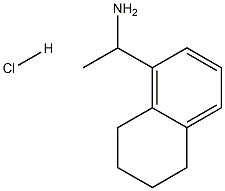

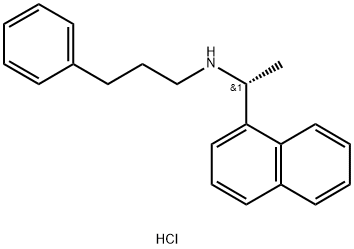

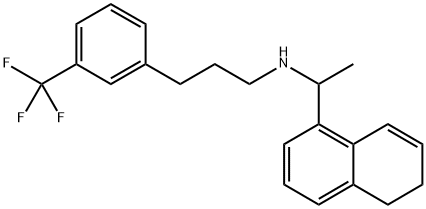
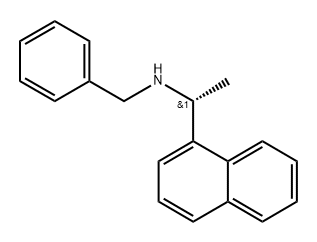
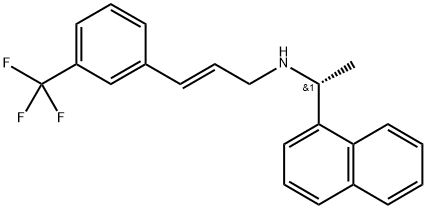
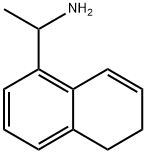
You may like
-
 3906-16-9 (R)-(+)-1-(2-Naphthyl)ethylamine 98%View Details
3906-16-9 (R)-(+)-1-(2-Naphthyl)ethylamine 98%View Details
3906-16-9 -
 (R)-1-(2-Naphthyl)ethylamine CAS 3906-16-9View Details
(R)-1-(2-Naphthyl)ethylamine CAS 3906-16-9View Details
3906-16-9 -
 1823368-42-8 98%View Details
1823368-42-8 98%View Details
1823368-42-8 -
 2-(3-(tert-butyl)phenoxy)-2-methylpropanoic acid 1307449-08-6 98%View Details
2-(3-(tert-butyl)phenoxy)-2-methylpropanoic acid 1307449-08-6 98%View Details
1307449-08-6 -
 Ethyl 3-(furan-2-yl)-3-hydroxypropanoate 25408-95-1 98%View Details
Ethyl 3-(furan-2-yl)-3-hydroxypropanoate 25408-95-1 98%View Details
25408-95-1 -
 2-Chloro-5-fluoro-1-methoxy-3-methylbenzene 98%View Details
2-Chloro-5-fluoro-1-methoxy-3-methylbenzene 98%View Details
1805639-70-6 -
 1784294-80-9 98%View Details
1784294-80-9 98%View Details
1784294-80-9 -
 Lithium ClavulanateView Details
Lithium ClavulanateView Details
61177-44-4
Statement: All products displayed on this website are only used for non medical purposes such as industrial applications or scientific research, and cannot be used for clinical diagnosis or treatment of humans or animals. They are not medicinal or edible.